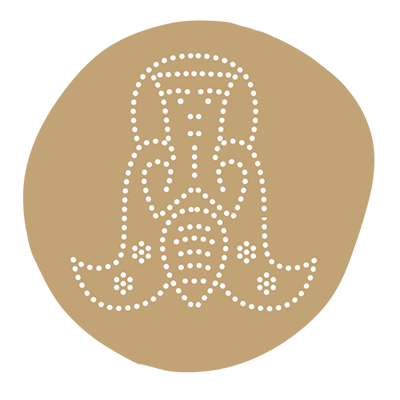In addition to the rich explanatory material and texts that accompany the Museum’s iconic exhibits, films present the exhibition’s historical and conceptual background.
The film Homer in Crete directed by Andonis Kioukas encapsulates the meaning of the Museum’s subtitle and supports the veracity of the Homeric epics, Homer’s presence in Crete, and the timelessness of Homeric poetry.
HALL A: PHRONIME
This fictional film, directed by Andonis Kioukas, focuses on Eleutherna’s trade and foreign relations. With the Theran stamnos and bronze bowl displayed in Hall A as starting point, the film relates the story of Phronime as told by Herodotus (Histories, 4, 154-161), with King Etearchos of Axos (a city to the southeast of Eleutherna on Mount Ida), his daughter Phronime, her hateful stepmother, and the merchant Themison from Thera, who frequented the king’s court with his goods, and who, on his way to Axos, must have stopped at Eleutherna. Based on research by Professor N. Chr. Stampolidis, this short film with original footage follows Phronime’s journey from Axos to Thera.
The fictional film by Andonis Kioukas presented in Hall B relates the adventure of the famous statue known as the ‘Lady of Auxerre’ from its discovery and journey to France where it was purchased by the Louvre, to the identification of its source by Professor Nikolaos Chr. Stampolidis, and finally, its reunification with the ‘Kore of Eleutherna’ –for the first time after the former statue left Crete, probably in the late nineteenth century– at the Museum of Cycladic Art in 2004.
HALL C: ELEUTHERNA. IN SEARCH OF A LOST REALITY
Funeral Pyre ΛΛ displayed in Hall C and its similarities to Homeric narrative (Iliad, Book XXIII) allowed for the funerary ritual represented in another film by Memi Spyratou. This film was awarded first prize in the Rovereto Archaeological Film Festival.
Special Screenings
In Hall B, another video explains the monument to which the Kore of Eleutherna belonged.
